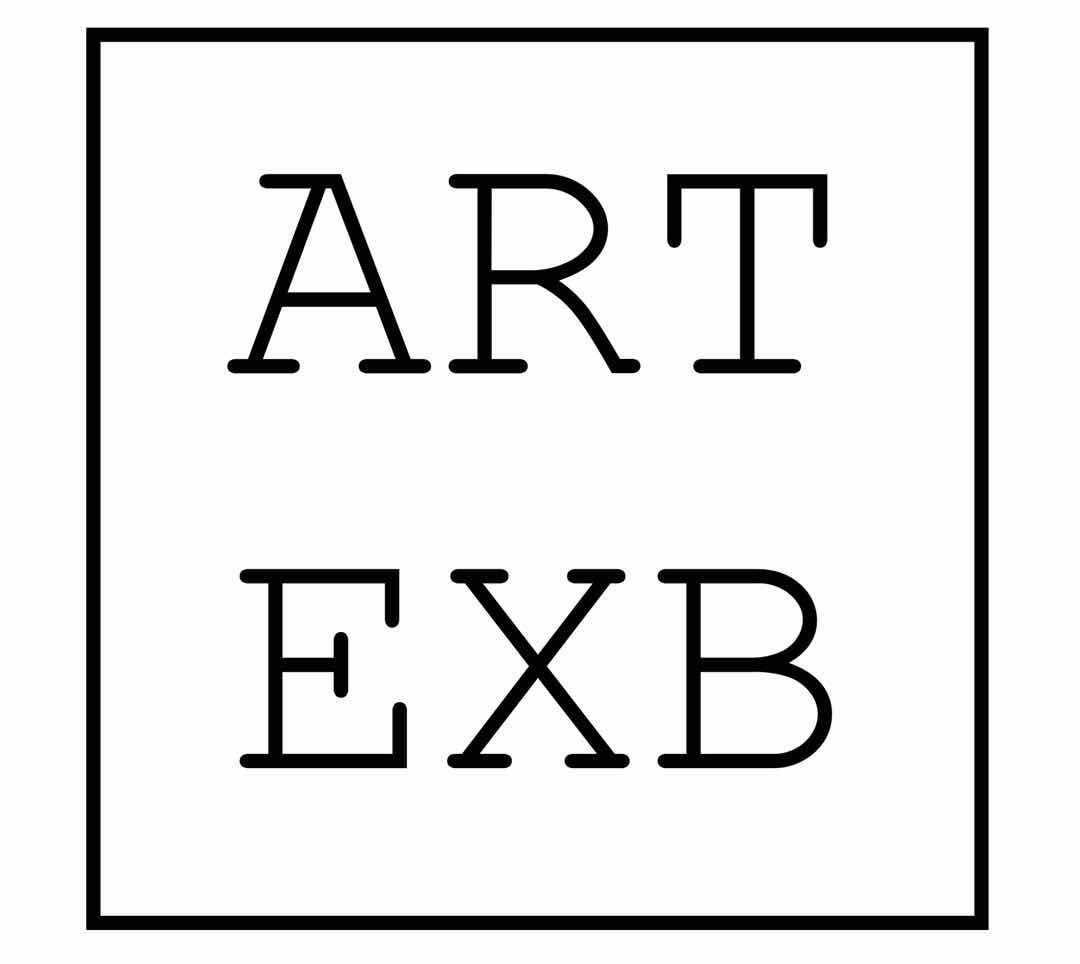庄辉:构建自我观照世界的方式
文/常旭阳
转变
庄辉三十年的艺术实践中,媒介涉及到绘画、装置和影像,而最常见的是摄影作品。但我们不能称之为摄影艺术家,因为摄影语言的技巧并不是庄辉感兴趣的,摄影回归到它最基本的功能——记录,是艺术家在大千世界中行走并行动时最直接便捷的记录工具。摄影与绘画雕塑一样,这些静态的艺术形式给予观众更多 “凝视” 的时刻,通过游移、打量、分辨、寻找的目光,无限可能地打开回忆与想象的一道道闸门。这也是今天我们再看庄辉二十多年前著名的《一个和三十个》和《大合影》等系列时,随着时间的流逝被一次次更深地打动的原因。
庄辉通常被视为观念艺术家,从最早的作品《为人民服务》(1993)中为劳动人民分发毛巾、放露天电影、写宣传标语,到2000年左右的装置作品《茶山镇》、《带钢车间》和《筒子楼》,再到2008年整年的艺术计划《玉门》,通过对底层劳动者现状的调查和呈现,表达了艺术家强烈的希望通过艺术改变社会的愿望。《玉门》项目为庄辉带来了名誉,但同时也使庄辉陷入了深深的关于 “艺术何为” 的困惑和困境。同期对如大庆、攀枝花等此类资源枯竭型城市的走访调查,使其 “对人的生存处境有了更加理性的认识,这之后对人类的行为保持着怀疑的态度”。
如果仅仅将庄辉视为观念艺术家,没有对一些隐形线索的了解,我们便容易把当下置身事外的 “老庄” 式云游状态,和他呈现给我们的远离社会问题的图像,理解为 “虚无主义” 式的逃遁,或 “回归自然” 的浪漫主义。
